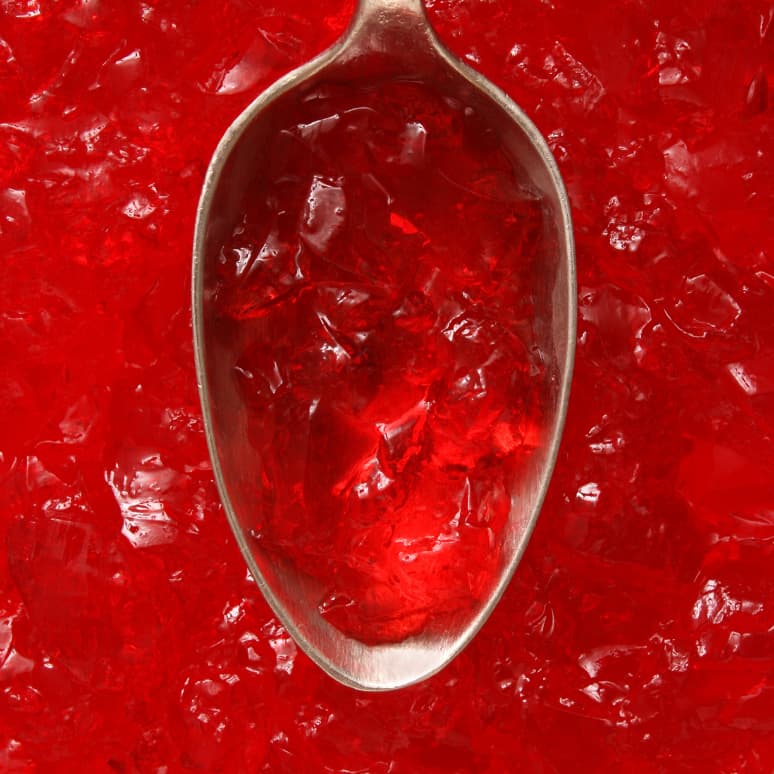Jello, whether in powdered form or prepared as a dessert, is a versatile treat enjoyed by many. But how long does it last before it goes bad?
Shelf Life of Dry Jello
Lengthy Shelf Life of Dry Jello
Dry powdered jello, packaged in convenient boxes or pouches, boasts an impressively long shelf life. With proper storage, unopened packages of dry jello can last for years. The use-by date printed on the packaging serves as a guideline for optimal quality, but don’t fret if you find yourself reaching for a box past this date – dry jello is known for its resilience.
Proper Storage of Dry Jello
To maintain the quality and longevity of dry jello, it’s crucial to store it correctly. A cool, dry place, such as a pantry or cupboard, is ideal for preserving powdered jello. Ensure the package remains tightly sealed to prevent exposure to moisture, which can compromise its texture and flavor over time. Once opened, consider transferring the contents to an airtight container for extended freshness. While dry jello can retain its quality for an extended period, it’s recommended to use it within three months of opening for optimal taste and texture.

Lifespan of Prepared Jello
Prepared jello desserts, including cups, molds, and jello shots, have a shorter lifespan compared to their dry counterpart. However, they still offer a decent window for enjoyment.
Storage Tips for Prepared Jello
Unlike its dry counterpart, prepared jello has a shorter lifespan once it’s been made. Whether you’ve crafted a classic gelatin mold or indulged in pre-packaged cups of jello, proper storage is key to preserving its freshness. After preparing your jello masterpiece, promptly transfer any leftovers to a covered container and store them in the refrigerator. This helps maintain its quality and prevents contamination. While prepared jello can remain safe to eat for up to seven to 10 days, it’s best enjoyed soon after setting, as its taste and texture may gradually deteriorate over time.
Signs of Spoiled Jello
Despite its resilience, jello is not immune to spoilage. Keep an eye out for any changes in color, texture, or odor, as these are telltale signs that your jello may have gone bad. Mold growth is another clear indication that it’s time to bid farewell to your gelatin creation and dispose of it properly.
In conclusion, while jello is known for its lengthy shelf life, proper storage practices and vigilance for signs of spoilage are essential to ensure your gelatinous delights remain fresh and safe to eat. Whether you’re enjoying dry jello or indulging in prepared desserts, understanding its lifespan and how to maintain its quality will help you savor every wobbly bite.


